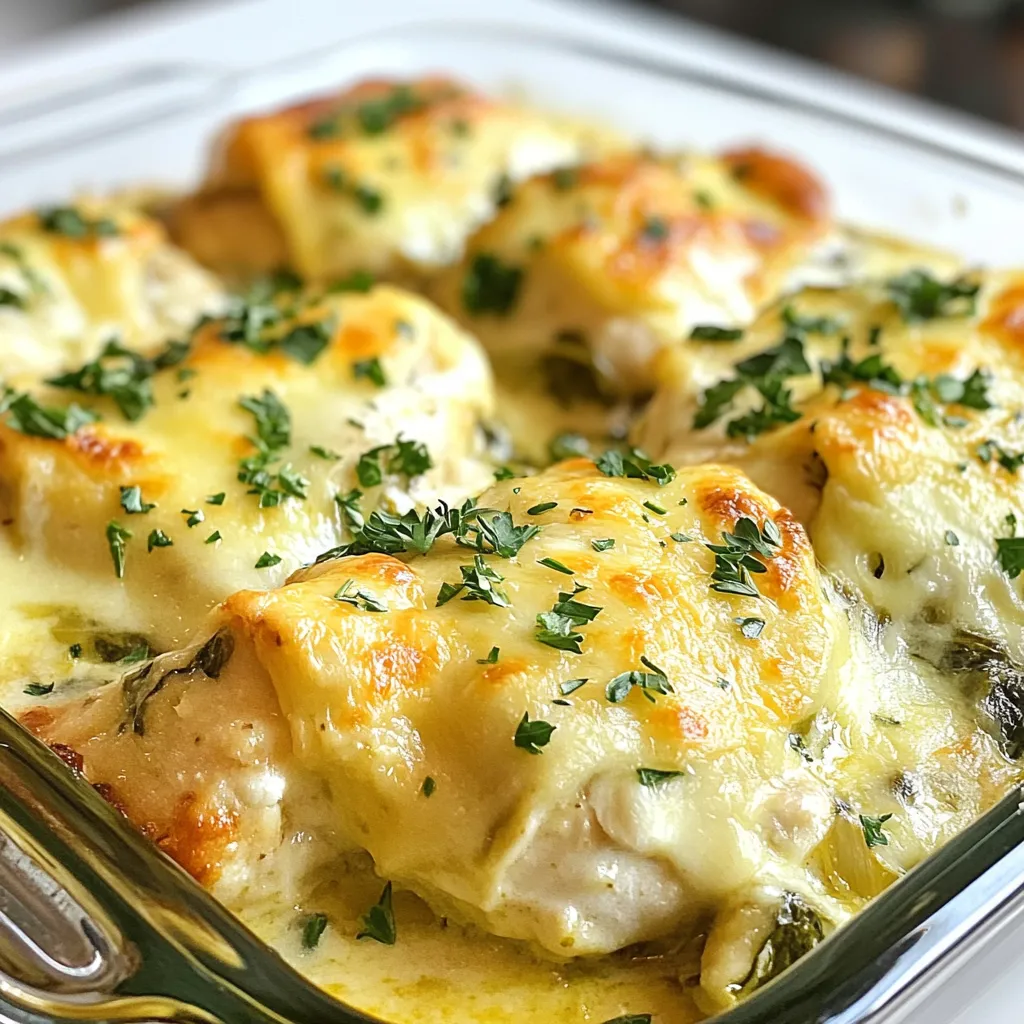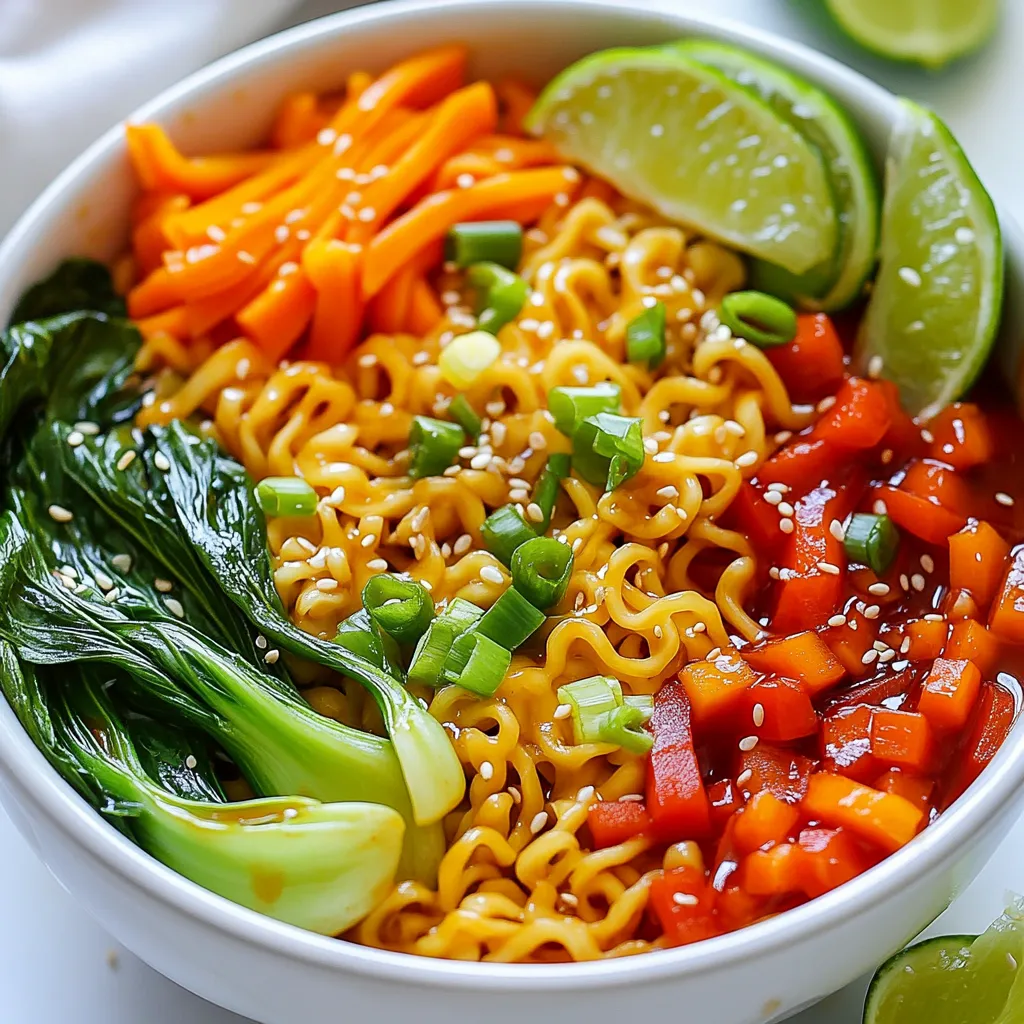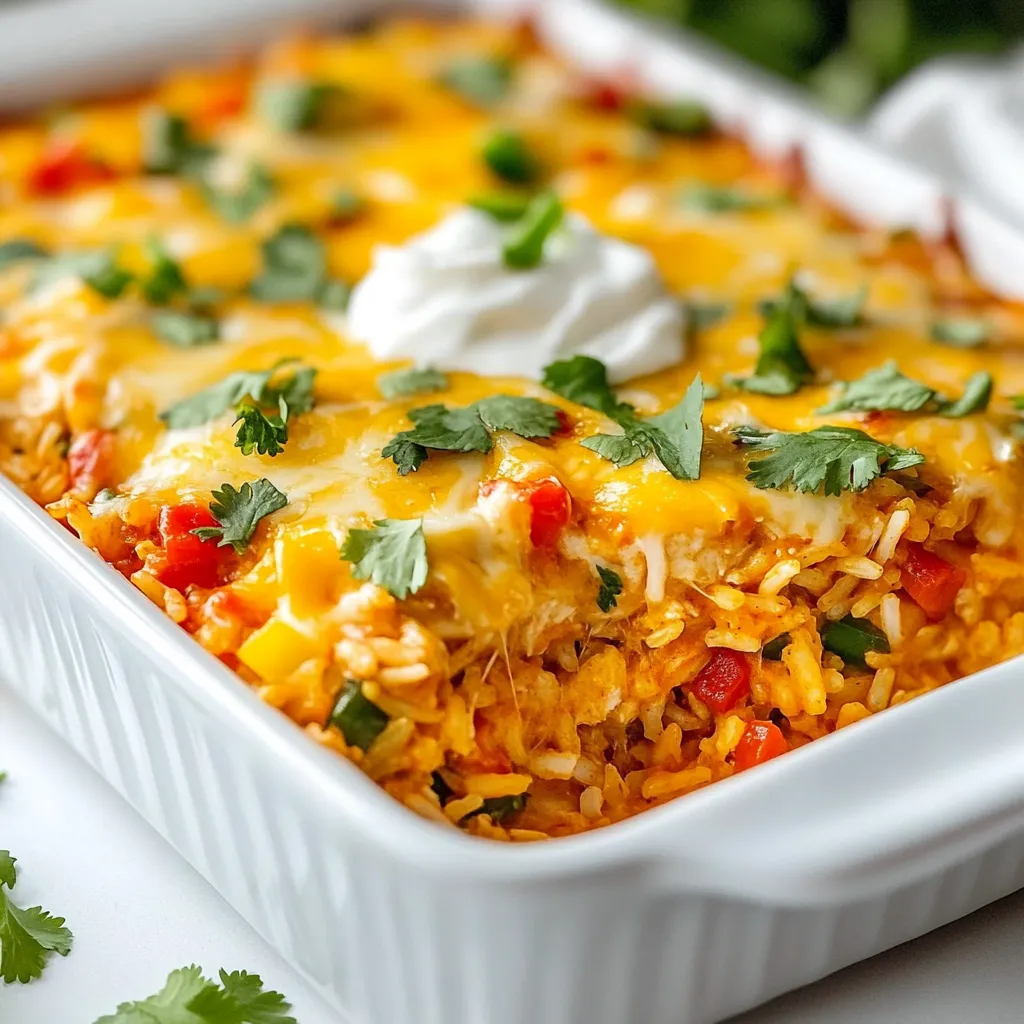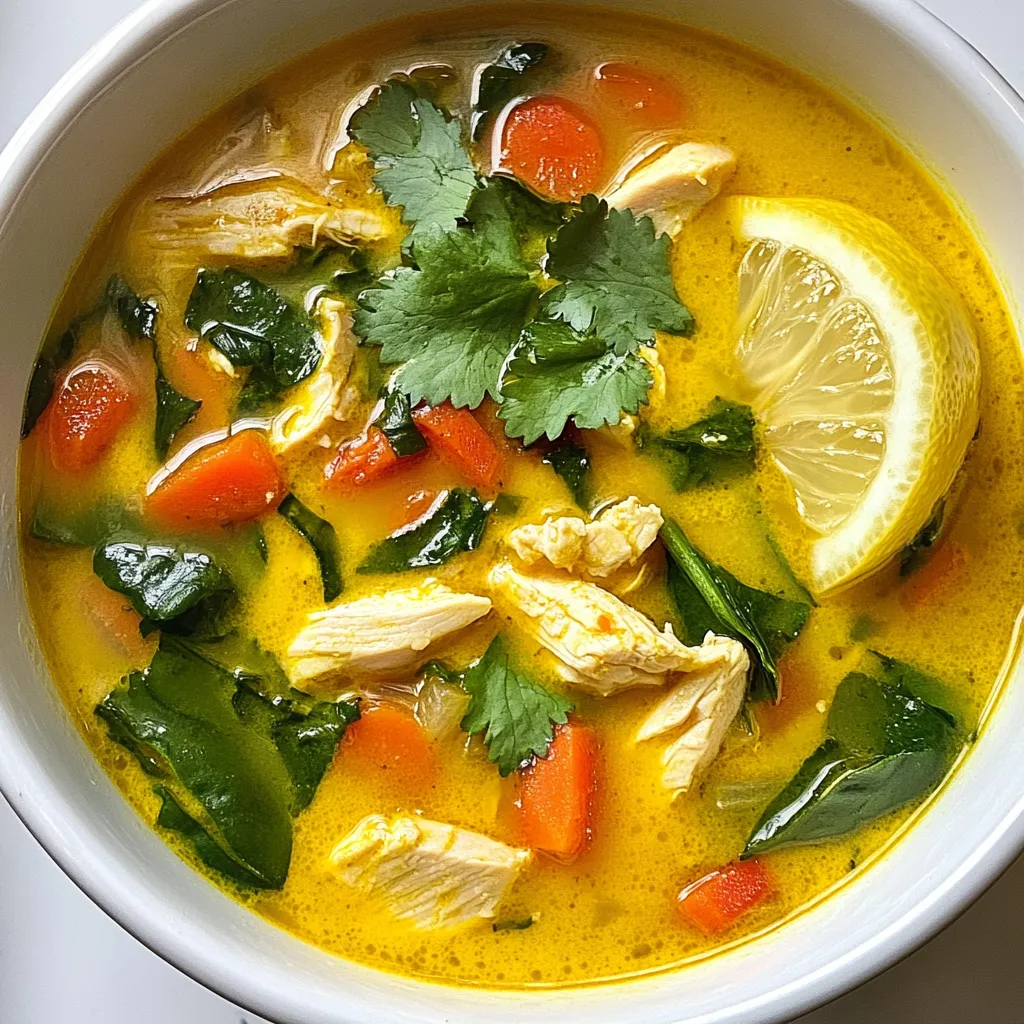Dinner

Spinach Artichoke Chicken Bake Flavorful and Easy Recipe
Are you ready to transform dinner into something delicious? This Spinach Artichoke Chicken Bake will impress your family without keeping you in the kitchen all

Saucy Vegan Ramen Noodles Comforting and Flavorful Dish
Are you ready to dive into a bowl of Saucy Vegan Ramen Noodles that warms your soul? This comforting dish combines rich flavors and fresh

Chicken Enchilada Rice Casserole Easy and Tasty Meal
Looking for a quick and tasty meal that pleases the whole family? Chicken Enchilada Rice Casserole is your answer! This dish packs bold flavors and

Baked Honey Mustard Chicken Savory and Simple Dish
Are you ready to transform your dinner routine? Baked Honey Mustard Chicken is a savory and simple dish that combines rich flavors with easy prep.

Roasted Vegetable Soup Easy and Flavorful Recipe
Looking for a warm, hearty dish that bursts with flavor? You’re in the right place! This roasted vegetable soup is not just easy to make;

Turmeric Golden Chicken Soup Comforting and Nourishing
If you’re seeking a dish that warms both your heart and body, look no further than my Turmeric Golden Chicken Soup. This comforting and nourishing

Maple Glazed Carrots Delicious and Easy Side Dish
Looking for a side dish that’s both tasty and simple? Maple glazed carrots are your answer! These sweet and savory treats bring color and flavor

Crockpot Tuscan Chicken Flavorful Cooked Perfection
Are you ready to transform your weeknight dinners with a dish that’s both easy and delicious? My Crockpot Tuscan Chicken recipe brings together tender chicken,

Beef Ricotta Stuffed Shells Hearty Family Dinner Delight
Are you ready to impress your family with an easy, tasty dinner? Beef Ricotta Stuffed Shells are the perfect dish for any night. This hearty

Chicken & Broccoli Stuffed Shells Tasty Dinner Recipe
Looking for a cozy and delicious dinner idea? You’ll love these Chicken & Broccoli Stuffed Shells! This recipe combines jumbo pasta shells filled with tender